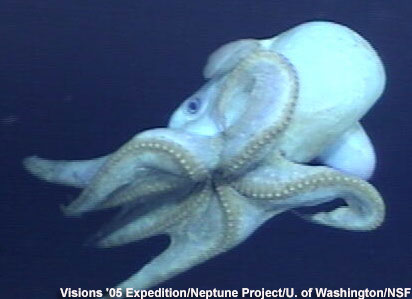When you purchase through links on our website , we may earn an affiliate commission . Here ’s how it works .
latterly dig Mayan murals are giving archaeologists a rare look into the life of average ancient Maya .
The murals were uncover during the archeological site of a pyramid mound social system at theancient Mayasite of Calakmul , Mexico ( near the border with Guatemala ) and are described in the Nov. 9 issue of the daybook Proceedings of the National Academy of Sciences .

One corner of the painted Maya pyramid structure at Calakmul, Mexico. One layer of the mural must still be excavated.
The find " was a entire electric shock , " said Simon Martin of the University of Pennsylvania Museum in Philadelphia , who studiedthe paintingsand hieroglyph depicted in the wall painting .
The Maya have been studied for more than a century , but " this is the first time that we ’ve see anything like this , " Martin said .
The Maya , like many other societies , left more traces and account statement of the lives of the ruling class — the royalty , religious orders and artisans — than of the downcast orders of bon ton that made up the bulk of such culture .

" We almost never get a panorama of what other layer of society are doing or what they look like , so this is one of the thing that makes [ the murals ] so special , " Martin told LiveScience .
The murals were bump on the walls of one layer of the mound structure — Maya build over the top of older structures , creating buildings in layers like onions , Martin explained . While other layers were dispute up and destroyed in the endeavor to establish over them , the bed with the murals appear to have been carefully keep up , with a layer of cadaver put over the mural , on the face of it to protect them .
This careful preservation " might indicate that it was something middling special , " Martin say .

The images on the mural show hoi polloi engaged in mundane activity , such as preparing nutrient . hieroglyphical caption company each image , labeling each soul . In each case the terminal figure " aj , " meaning " person , " is used and trace by the word for a foodstuff or textile . For representative , the terms " aj ul " ( " maize - gruel person " ) shows a man with a large pot , bag and spoon with another serviceman tope from a pipe bowl , and the term " aj mahy " ( tobacco plant person ) depicts two men , one holding a spatula and the other a pot that likely make a form of the tobacco leafage .
Such scenes have never been seen in surviving Mayan house painting before , though some parts of routine Mayan culture have survived through the ages with the remaining Mayan population ) and the hieroglyphs for some intelligence ( such as " tobacco " and " corn - gruel " ) were already live . Other hieroglyphs , though , were new to researchers — of particular grandness were see the word for maize itself and salt , which were known to be key staple of the Mayan diet .
Whether or not any other such murals are hidden in mounds in the jungles of Central America is n’t make love , but Martin and other archeologist say that , fortune are , any such paintings that did exist are belike long one .

" Tremendous amounts of Maya cultivation and writing have just perished , " Martin said . " It ’s not like Egypt , where even bits of newspaper publisher in the George Sand can survive 5,000 eld ; this is an extremely unfriendly environment , it ’s highly humid . "
Martin and his colleagues are not yet certain what the complex body part was or why the mural was paint and preserve . But they hope to learn more as they continue to excavate more layers of the pyramid and uncover more of the wall painting .














